It started out as a matter of curiosity. But it ended up being an adventure. Ever since the creation of the McFarlane hiking trail, we have enjoyed an occasional hike around the field within sight of the fascinating and historic Zenda Farms. But last summer, I finally got to explore another part of Zenda that has been intriguing me for several years.

Zenda is one of the Thousand Islands Land Trust’s (TILT) properties and they had put together a brochure describing some of its history, as well as several of the natural resources associated with the property. I had never really thought about the property on the southern side of Route 12E. After all, there is so much to see on the northern side, between the magnificent silver buildings, the 1.5-mile hiking trail, the amazing rock throne on the northern end of the trail, and the Zelda forests that are supposedly filled with owls (I would really like to see some of those owls sometime). But as I was studying the map on the brochure (which is available on TILT’s website – tilandtrust.org), I noticed that they own a large piece of land on the southern side of 12E too. I saw that TILT’s Zenda property runs right up to the New York State Department of Environmental Conservation’s (NYS DEC's) French Creek Wildlife Management Area, meaning all of that green space is permanently protected and preserved. That’s a great thing!

But my curiosity got the best of me when I read that the property included ponds and glacial potholes. We had visited the potholes at the Wellesley Island State Park and had learned more about glacial potholes (also known as kettles or kettle holes) at that time. As the name indicates, glacial potholes are formed by retreating glaciers and draining floodwaters. They were formed during the last ice age, over 10,000 years ago, when stones and gravel carried by glacial meltwater began to grind holes into the bedrock. That would be worth seeing!
The ponds on the TILT property were restored in part by the internationally acclaimed Ducks Unlimited. The brochure states: “In 2009, the wetlands were restored by TILT and Ducks Unlimited . . . The restoration included a water control structure that allows TILT to raise and lower water levels to achieve an optimum habitat for waterfowl and shore birds.” I figured that would also be worth seeing. How could we not go and check it out for ourselves! I had potholes on my mind!
So, one sunny day in the fall, we (well, actually it was more my idea, but Bob was a good sport about it) decided to see if we could find some of those potholes! I looked on Goggle maps and, indeed, saw several interconnected ponds on the southern property, so that’s where we thought we would start. We parked in the wildlife management area and hiked toward where I thought the satellite pictures were located. There was no trail. Quite quickly, we found ourselves in some rather tall weeds. Bob asked if I had any idea where I was going. Well, not really, but I didn’t fully disclose that at the time. Pretty soon, we were, quite literally, in over our heads. The weeds were pretty much as tall as we were. But knowing they were there (or at least hoping they were still there), I forged on ahead until, to my delight, I arrived at a pond. I shouted my success and looked back wondering if I would ever see Bob again. To my relief, he was following my forged trail and soon appeared from the wall of green.
We enjoyed the success and eventually even found a few more sections of the pond system. We then somehow made it back out of the weed maze at an entirely different location than where we had entered, but thankfully within sight of our car! I guess I would not recommend this particular adventure to anyone looking for a leisurely nature hike. That is better served across the street!
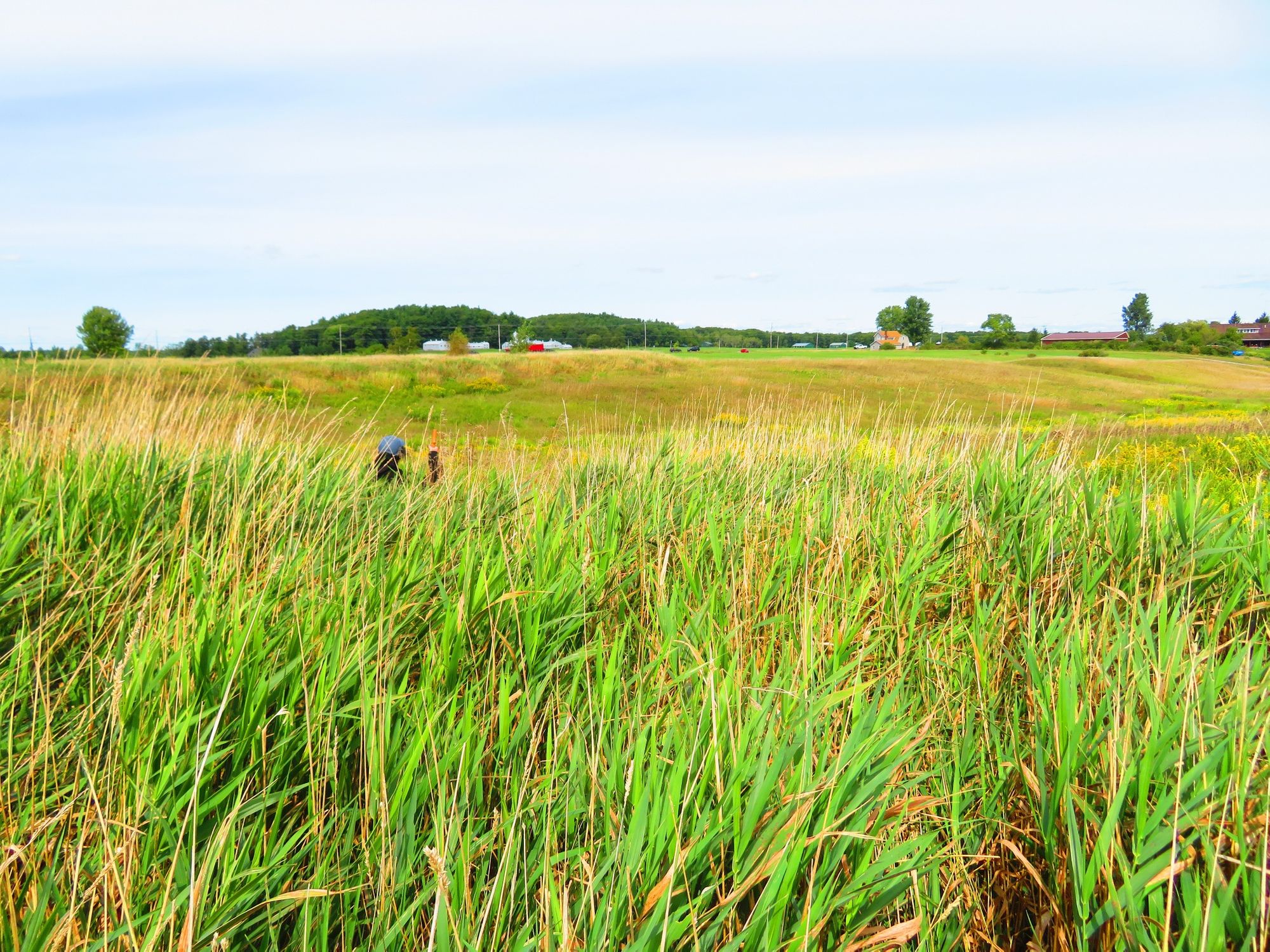
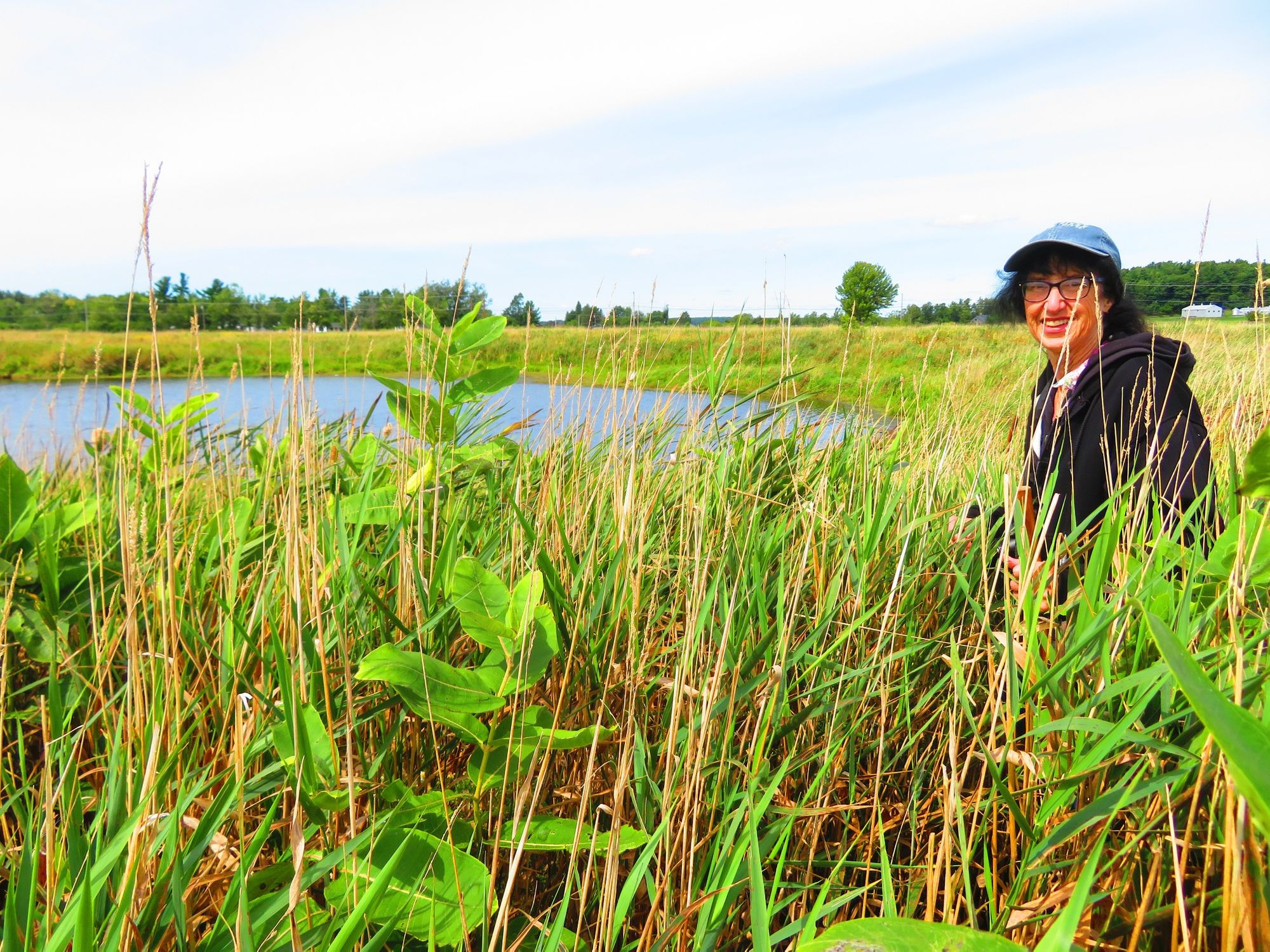
However, wanting to confirm what we had seen, I contacted TILT and ended up learning more about that property. Assistant Director Spencer Busler not only answered my questions, but he sent satellite pictures showing the various stages of development of the ponds we had visited. He wrote, “The ponds on the north side of 12E are indeed glacial ponds (kettles). The ponds on the south side of 12E are actually man-made. Those agricultural fields were once ditched/tiled for drainage, and in 2010/2011, TILT collaborated with Ducks Unlimited on a wetland restoration project to restore the fields to wetlands. If you cruise through satellite imagery, you'll notice the install. See the screen shots below. 1994, 2006, 2011.”
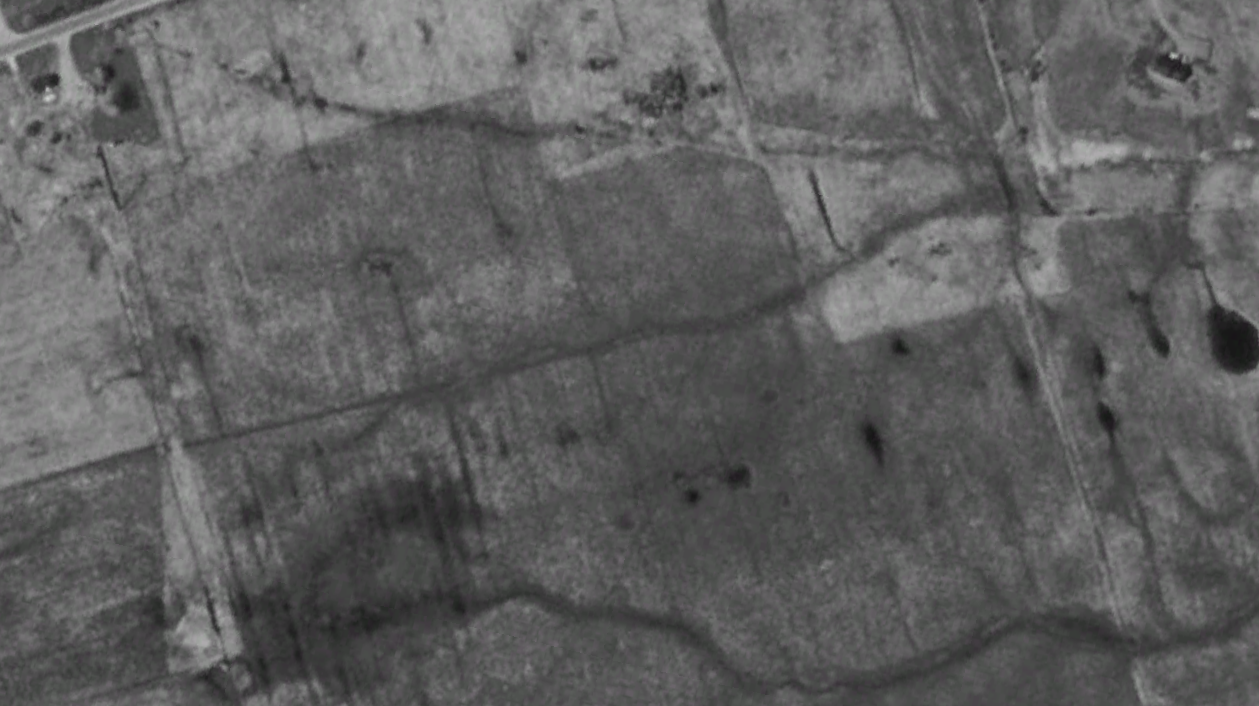
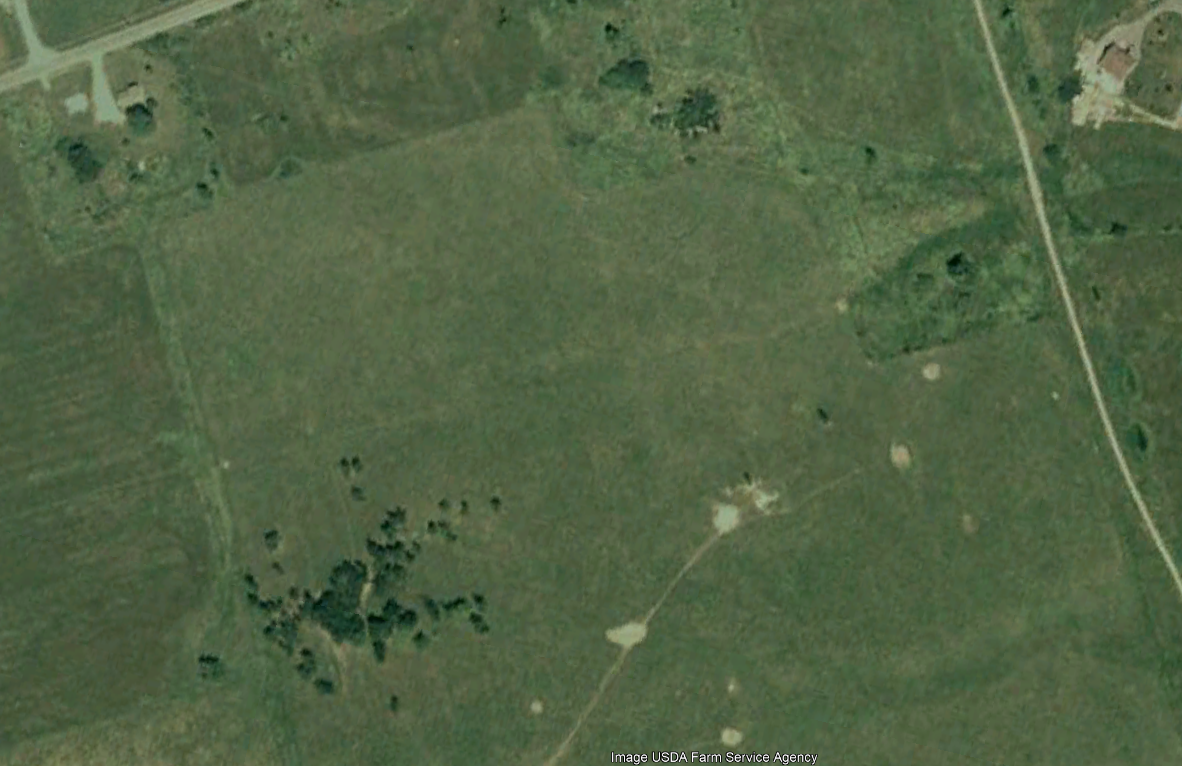
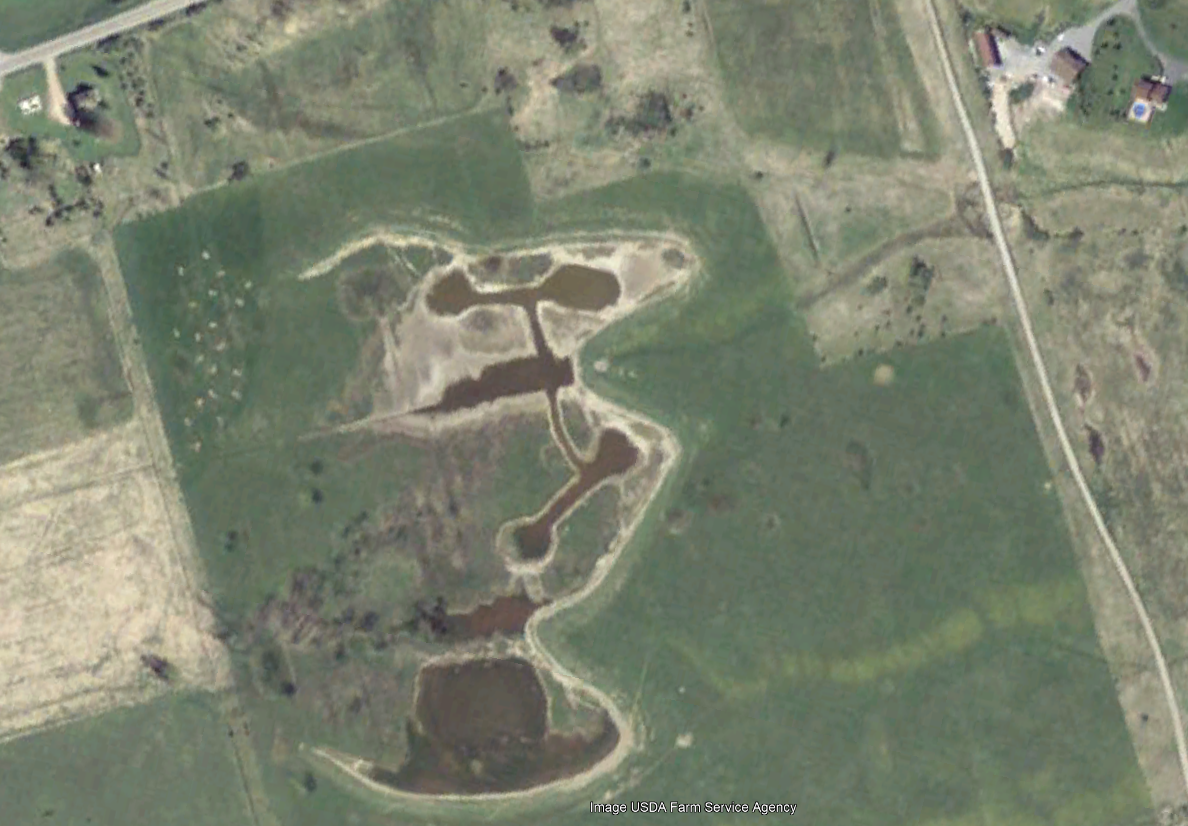
As one can see from the pictures, the property was originally a wetland. It was drained and converted to farmland for over a decade but has since been restored to a habitat attractive to river wildlife (and nosy hikers). That really is both fascinating and exciting! However, we learned that those ponds weren’t the potholes after all. Needless to say, Bob and I were back at Zenda a few days later to find the easily accessible glacial potholes on the other side of the street (and no worries of losing Bob in the process this time).
Despite our (my) somewhat misguided nature expedition, we learned a lot more about the Zenda property and the amazing conservation efforts of TILT and Ducks Unlimited. And I was also reminded of these lovely verses: “The whole earth is filled with awe at your wonders; where morning dawns, where evening fades, you call forth songs of joy. You care for the land and water it; you enrich it abundantly. The streams of God are filled with water to provide the people with grain, for so you have ordained it” (Ps 65:8,9). I love the natural wonders just waiting all around us to be discovered and explored (some more easily accessible than others). Each of them is a reminder to me of the ultimate wildlife land manager. And it is a privilege to be able to do whatever small part we can in helping to preserve and protect as much of it as possible for future generations.
By Patty Mondore
Patty Mondore and her husband, Bob, are summer residents of the Thousand Islands. Patty's most recent books include "River-Lations Revisited: More Inspirational Stories and Photos from the Thousand Islands", "River Reflections: A 90-Day Devotional for People Who Love the Water" and its two sequels, "Nature Reflections" and "A Bird Lover's Reflections." She and Bob co-authored "Singer Castle" and "Singer Castle Revisited", published by Arcadia Publishing, and co-produced "Dark Island's Castle of Mysteries" documentary DVD, in addition to a Thousand Islands Music DVD Trilogy. Patty is a contributing writer for the Thousand Islands Sun. Her column, "River-Lations", appears in the Vacationer throughout the summer months. The Mondores are online at www.gold-mountain.com. (Be sure to also visit Bob's singercastle.blogspot.com.) See Patty's most recent TI Life Articles here and several others here and here!
Editor’s Note: If you’re as fascinated with potholes as Patty is, here are links to more information about them. In addition, we have included a photograph by the late Martin Zonnenburg (Grindstone Island) who presented this to the editor in 2011. "The ducks of Zenda Farm"
http://www.geo.mtu.edu/KeweenawGeoheritage/The_Fault/Potholes.html
https://epod.usra.edu/blog/2013/10/glacial-potholes-in-finland.html

Posted in: Volume 17, Issue 3, March 2022, Nature, Places
Please click here if you are unable to post your comment.
